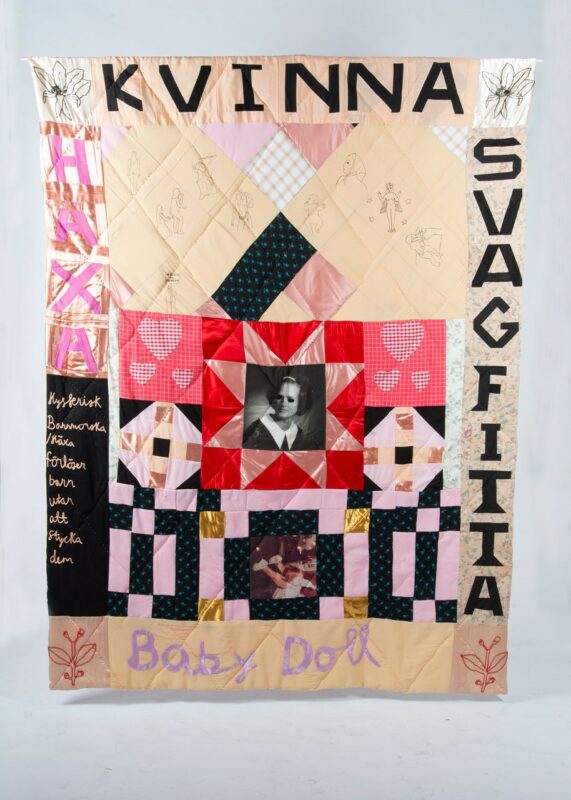Incantation
I think about the sliding term in our history when we talk about historical oppression of women. I think of the witch, the hysterical woman and the whore. In my project I have chosen to put witchcraft in relation to female coded diseases.
In Malleus Maleficarum (1486) one can read “All witchcraft is derived from carnal lust, which in women is insatiable. Witches were considered to have enjoyed having sex with the devil, and that they in turn infected men. Desire neither in the male nor the female, was blamed on the woman.
The women who, according to Malleus Maleficarum, were most likely witches were midwives, fornicators and the adulteress. (Andréen, Bergmann, Englund, Fihn, Holm and Ljung, 1983) That is, women who threatened the male society and masculinity. From an early age, Christian women became indoctrinated with the idea that the devil was connected to their femininity. During the witch hunt, women were predominantly accused, and female sexuality was the center of the crime.
In Textbook in care about the woman’s family life (1836-39) one can read that the woman’s sex drive was considered stronger than the man’s. Sexual frustration could lead to pathological conditions such as irritability, hysteria and nymphomania. There was an enormous interest in medicalising the female body with a focus on the reproductive functions. The women were assigned a sick role that they either consciously or unconsciously stepped into. Marking feelings of illness during menstruation, pregnancy and menopause was more normal than not doing so.
In the 1880s, the proportion of women admitted to Swedish mental hospitals with self-staining stated as the cause of illness increased from 0.2% to 2%. This is a strong visualization of disease as a social construct. The woman’s sexuality was marked as dangerous, and therefore it must be controlled. The virtuous woman’s task was to take responsibility for the man’s sexuality by not tempting and inciting it. (Johannisson, 1994)
These are not two individual events in our history, they are a repetitive system for the oppression of women. I think there is not really a structural difference from what it looks like for women in today’s society. It is a question of power.
A question of power that I have explored through my craft, my doing and my mind.
The result is my quilt.
190x245cm
@elincamillaostling2
elinostling1@hotmail.com
Reference list:
B. Andréen, B. Bergman, M. Englund, B. Fihn, U. Holm och M. Ljung.(1983) Häxkraft. Gothenburg.
K. Johannisson. (1994) Den mörka kontinenten. Stockholm: Nordstedts publisher. Downloaded 28/4-20 from https://www.nextory.se
K. Sollée. (2017) Witches sluts and feminists. Conjuring the sex positive. Berkeley: ThreeL Media.




